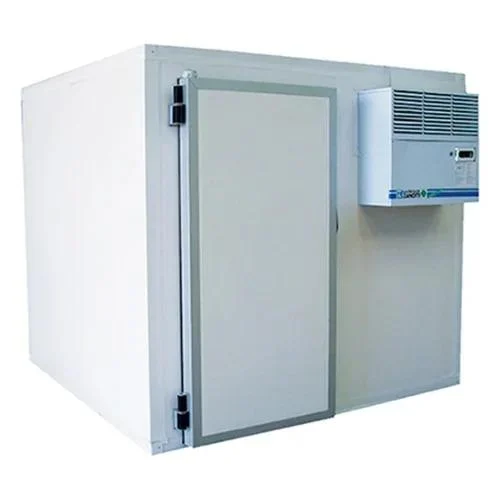The future of power is rapidly evolving, driven by advances in smart technologies that are transforming electrical infrastructure. One key area of this transformation is electrical cabins, also known as substations or electrical transformation cabins. Traditionally, these cabins serve as critical nodes in the power grid, stepping down high-voltage electricity to levels suitable for consumer use. However, as power systems grow more complex, the integration of smart technologies is revolutionizing the role and functionality of these transformation cabins.
The Rise of Smart Technologies in Electrical Cabins
Smart technologies are fundamentally reshaping the way electrical transformation cabins operate, making them more efficient, reliable, and adaptable. These technologies encompass a wide range of innovations, including sensors, IoT Internet of Things devices, and advanced automation systems. At the heart of this transformation is the shift from traditional, manually controlled operations to real-time, data-driven management.

IoT-Enabled Sensors and Monitoring
One of the most important developments in this space is the use of IoT-enabled sensors that continuously monitor the performance of transformers, circuit breakers, and other key components within the cabin. These sensors collect real-time data on factors such as voltage levels, temperature, and humidity, which can help operators predict potential failures before they occur. Predictive maintenance, enabled by machine learning algorithms, reduces downtime and extends the life of critical equipment.
Grid Flexibility and Automation
Smart electrical cabins are increasingly becoming autonomous through the use of automation systems. These systems can dynamically adjust the distribution of power based on real-time demand, helping balance loads across the grid more effectively. In the context of renewable energy integration, smart cabins play a crucial role in managing the intermittent nature of solar and wind power. By automatically switching between different power sources, such as grid power and local renewable generation, these cabins optimize energy use and ensure a steady supply of electricity.
Cybersecurity and Resilience
As the power grid becomes more digital, it also becomes more vulnerable to cyber threats. Modern electrical transformation cabins are being equipped with cybersecurity measures to safeguard the system from potential attacks. Advanced encryption, secure communication protocols, and AI-powered anomaly detection systems are integrated to monitor network activity and protect the grid’s infrastructure.
Future Prospects
The future of smart electrical transformation cabins is aligned with the broader trends of grid modernization and cabine elettriche sustainability. As more distributed energy resources DERs, such as rooftop solar panels and energy storage systems, connect to the grid, smart cabins will be essential for managing the flow of electricity. With the increasing focus on clean energy and reducing carbon footprints, these innovations will ensure that electrical cabins remain the backbone of a smarter, more resilient, and greener power grid. The integration of smart technologies in electrical transformation cabins marks a pivotal shift in how power systems are managed. These advancements not only enhance operational efficiency and reliability but also pave the way for a more sustainable and secure energy future.